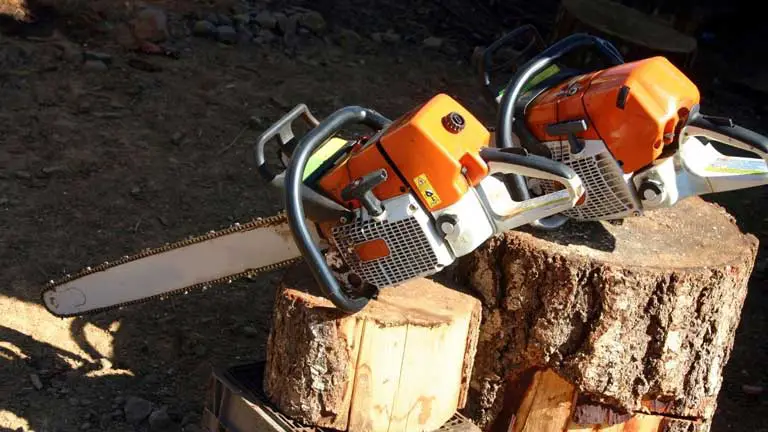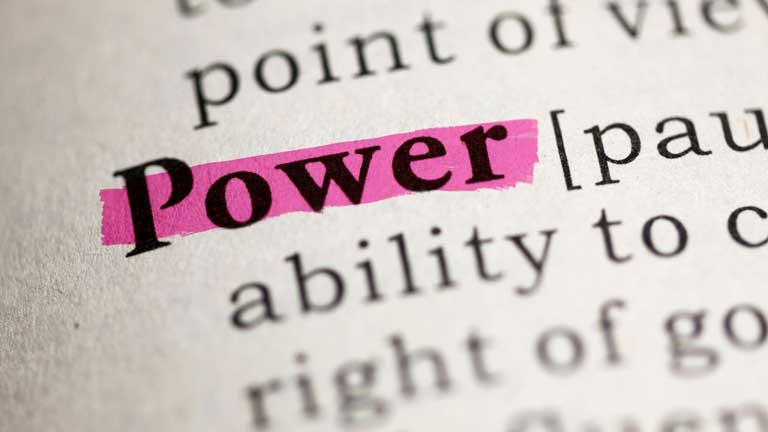Are you aware that the cutting power of your gas-operated chainsaw can increase significantly if you port it?
The result from porting a chainsaw is outstanding and will leave you in awe, making it too tempting a task not to attempt.
However, if you are like most chainsaw owners who desire more cutting power from their chainsaw but have no technical know-how, then you are in the right place.
Here, we will walk you through the skills, knowledge, tools, supplies, and a step-by-step guide on how you can confidently port your chainsaw engine. So, without wasting any time, let’s begin.
What is chainsaw porting?
Chainsaw porting is the modification/increase of the intake, transfer, size & shape of the exhaust port of a chainsaw engine cylinder. And advancing the timing (to get past ignition delay), causing the engine to consume more volume of fuel & air, resulting in higher power output.
Porting adds 20% to 40% more power to the chainsaw engine, extending its life, and causing it to run cooler.
The best chainsaw power is obtained when the ignition timing is set to fire the spark ahead of time to reach a peak pressure at about 2 degrees after TDC.
Be informed that if the timing is advanced further than required, it will cause the engine to knock.

How to port a chainsaw (step by step guide):
Now, we will discuss the meat of this article, the detailed process to porting a chainsaw. Porting a chainsaw is a technical process.
In truth, it’s not all that easy to do, but if you follow this step-by-step guide, you should have no problems whatsoever.
There are several ways to port a Chainsaw, and it is dependent on what you want to use the modified version for.
In some methods, there might not be uniformity in the space left to exhaust the air. So you need to make sure that your saw cylinder can breathe with the muffler.
However, we will discuss the safest way but before we progress into how to port a chainsaw, let’s list the tools and supplies you’ll need for the task.
Tools and supplies needed
- Safety glasses
- Safety wear to protect you from any metal or aluminum slag
- Different sizes and shapes of permanent markers for marking inside the cylinder
- Ring to mark the height of the piston to know the timing on the exhaust
- Machinist square or ruler for marking square lines down the sides when you want to widen the exhaust and intake ports
- Single cut carbide cutter or other bits or electric Dremel
- Sandpaper for chamfering or sanding drums for better finishing
- Timing wheel
- Metal file or file bits for a drill.
Now we know the tools and supplies to use, let’s begin. As we all know, the cylinder is inside the chainsaw’s engine. The easiest and more advisable pathway to access the innermost part of the chainsaw is through the exhaust.
By so doing, you will need to open up the muffler with a lot of care to access the cylinder. Processes like drilling and grinding can be applied to achieve this.
Step 1: Removing The Casting Flaws
The first and easiest step is the removal of any casting flaws from the port. You can achieve this by using a metal file or a drilling machine. When you file the ports, ensure you don’t file away too much casting from the top and bottom of the ports.
Let the piston guide you on where to stop filing. Otherwise, there would be issues with timing which will ruin the purpose of porting.
Step 2: Open The Exhaust Port And Widen It
The second step is to expand the exhaust ports for better air and fuel flow into the engine. Once the muffler has been opened, you can proceed to widen the exhaust post.
Generally, most exhaust ports are oval-shaped. You are to expand the exhaust port, making it more square by adding corners.
Note that the corners should be round, and its edges need to have a symmetrical slope to match. Also, the interior of the exhaust port should be slightly larger than the exterior.
Read: Top Chainsaw Brands Review
Step 3: Create Space In The Intake Port
After the successful widening of the exhaust, the next step is to create some space inside the intake system of the saw. There are many ways to create space in the intake port, but one of the easiest is squishing, known as milling.
Squishing is the lowering of the jug of the chainsaw using a thin gasket. When carrying out squishing, ensure you do it with utmost care as you don’t want to overly flatten the jug. If you flatten the jug more than required, it will mess up your timing, thereby hurting your performance gains.
Also, ensure the inlet side of the intake port of your cylinder is a bit larger than the outlet side of the intake port. Doing this will guarantee there is an adequate amount of restriction at your cylinder wall.
Step 4: Modification Of The Transfer Port
After the successful completion of the third step, your compressor should show a better compressor ratio. However, you can port further by modifying the transfer port of the compressor by changing the mechanical timing of the ports.
Then remove excess material from the chainsaw piston, after which the coil from the limiter of RPM should also be removed. Doing all these will further increase the compressor ratio, which will improve the power output of the Chainsaw.
If you carefully follow each step down to the fourth, you shouldn’t have any issue porting your chainsaw. Furthermore, people are fond of asking if they should port their chainsaws. We will treat this in the next section of this article.

Should I Port My Chainsaw?
This question is best answered by you, depending on how you use your chainsaw, the model of chainsaw you have, and your expertise in modifying things. If you use chainsaws occasionally for a few cutting of trees and pruning waste, then you may not need to port your chainsaw.
However, if you use the chainsaw daily, we strongly advise you to port it to increase its power output and improve its fuel economy.
Think of it this way, porting allows more flow of air and fuel into the combustion chamber to produce more cutting power, which in turn increases the efficiency and performance level of a chainsaw. With this in mind, you should see the need to port your chainsaw.
However, modifying the chainsaw engine isn’t a one-step process, but a combination of several steps. And if you make the ports too big, the life span of the chainsaw can shorten. Due to this, a lot of things can go wrong. So, you have to be extra careful when porting your chainsaw. In the worst-case scenario, you can damage the chainsaw for life.
That said, bear in mind that, regardless of the power output of your chainsaw if the chain is not up to standard, you won’t experience the change in power output. Moreover, it is cost-effective to port a chainsaw than to opt-in for a new one. And a ported chainsaw reduces operator’s fatigue.
Conclusion
Porting a chainsaw is not as easy as it sounds. It requires a lot of knowledge, expertise, safety procedures and technical know-how to be successful at it.
Thankfully, this article contains all the step-by-step approaches to becoming a pro at porting chainsaws.
However, if it is your first time, it’s important you have a skilled mechanic to guide you through the process, or maybe some youtube videos.
Also, your basic knowledge about chainsaws will be an added advantage. Good luck!
Leave a Reply